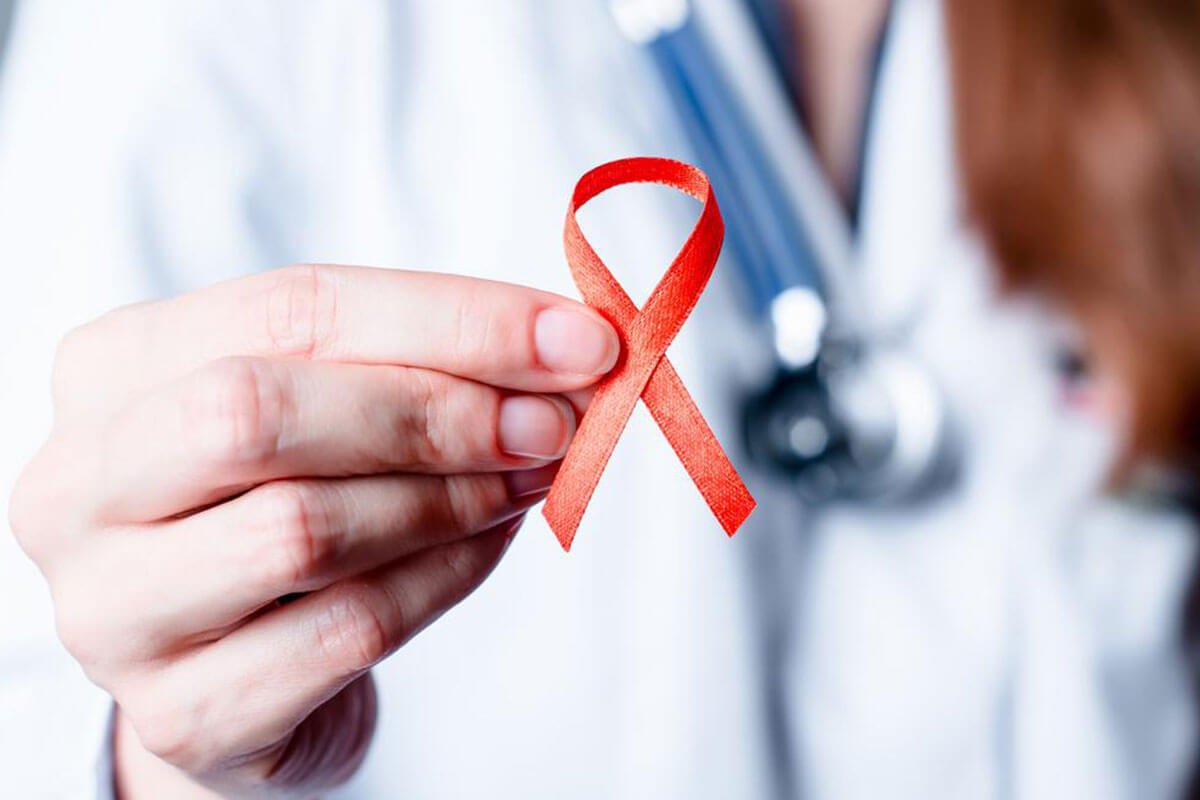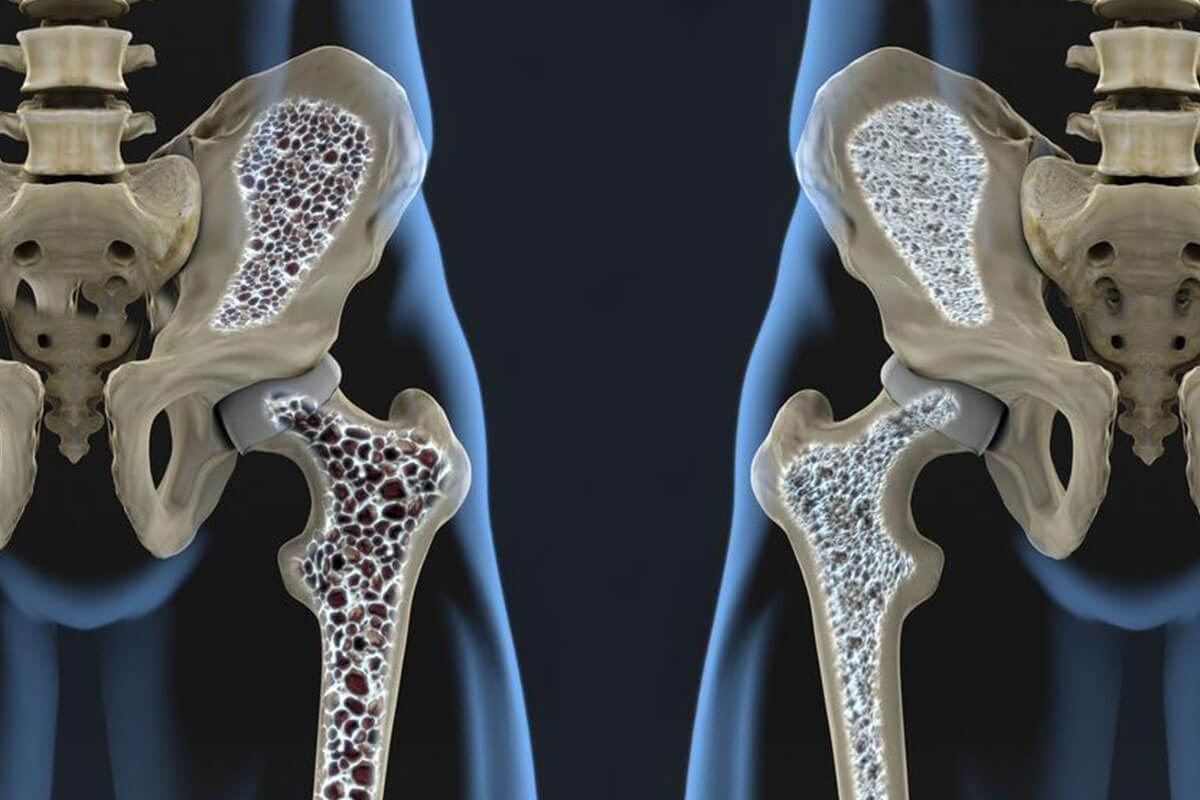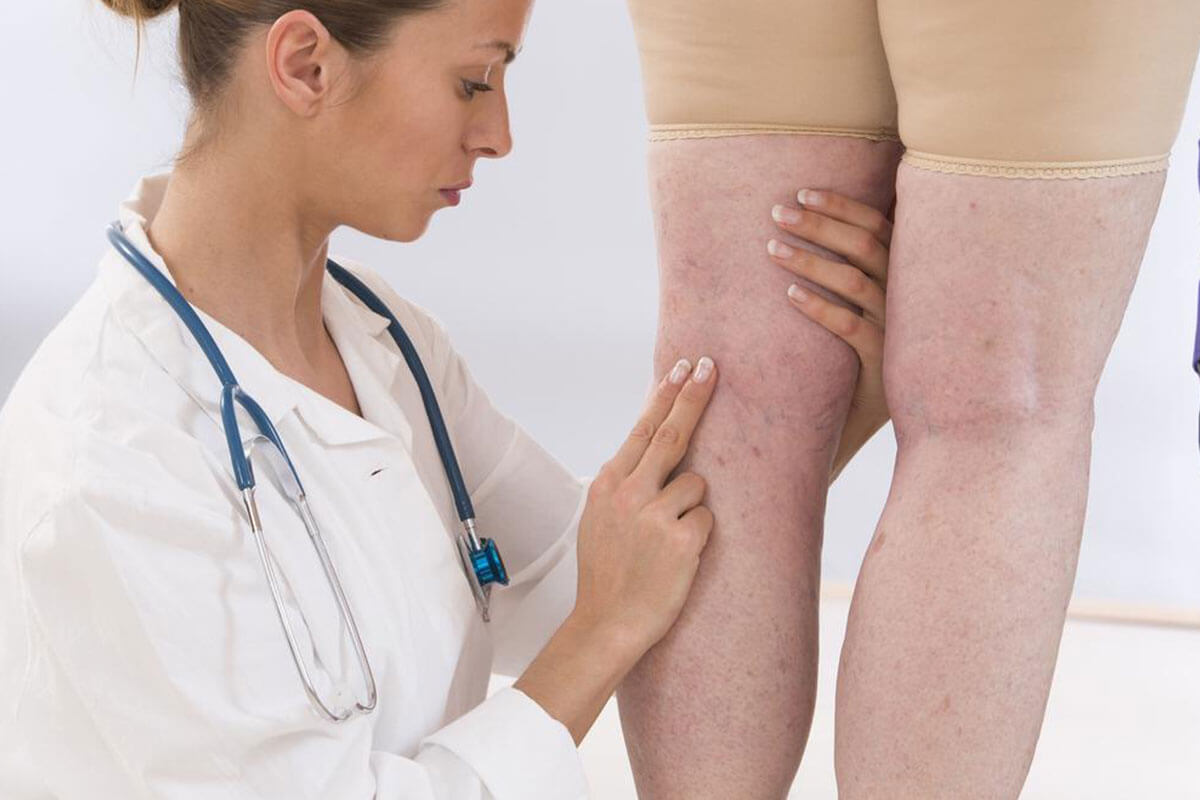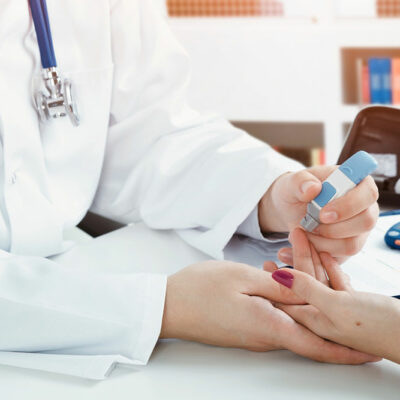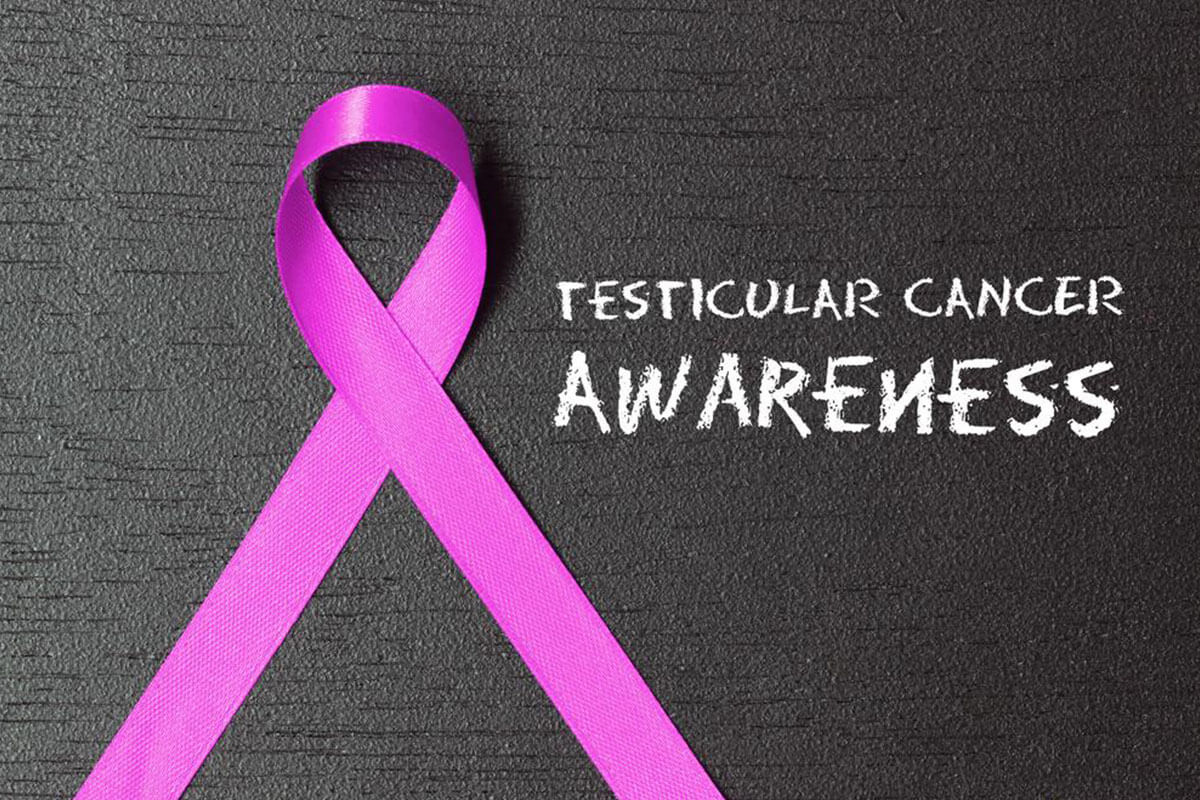
Big C
Do Not Ignore These Testicular Cancer Symptoms
Testicular cancer is a life-threatening disease. Early detection of the cancer results in a better prognosis. Watch out for these testicular cancer symptoms, and seek help if you notice them. Testicular cancer is a disease that is characterized by the growth of cancerous cells in the testes of the male reproductive system. The cancer is said to have metastasized if the cancer begins to multiply and spread to the other healthy organs of the body through the bloodstream. However, the good news is that unlike most cancer cases, testicular cancer can be cured even after metastasis. In general, testicular cancer begins in the cells that produce immature sperms in the testicle, these cells are called germ cells. . There are different types of testicular cancers, such as carcinoma in situ, seminomas, non-seminomas, stromal tumors, Leydig cell tumors, sertoli cell tumors, secondary testicular tumors, etc. Although it is curable, many people lose their lives to this cancer because the testicular cancer symptoms are not diagnosed early enough. In order to ensure early detection and treatment of the disease in time, it is essential to know about the various significant testicular cancer symptoms. Testicular Lump One of the early testicular cancer symptoms includes the development of a pea-sized swelling or a lump in either testicle.

